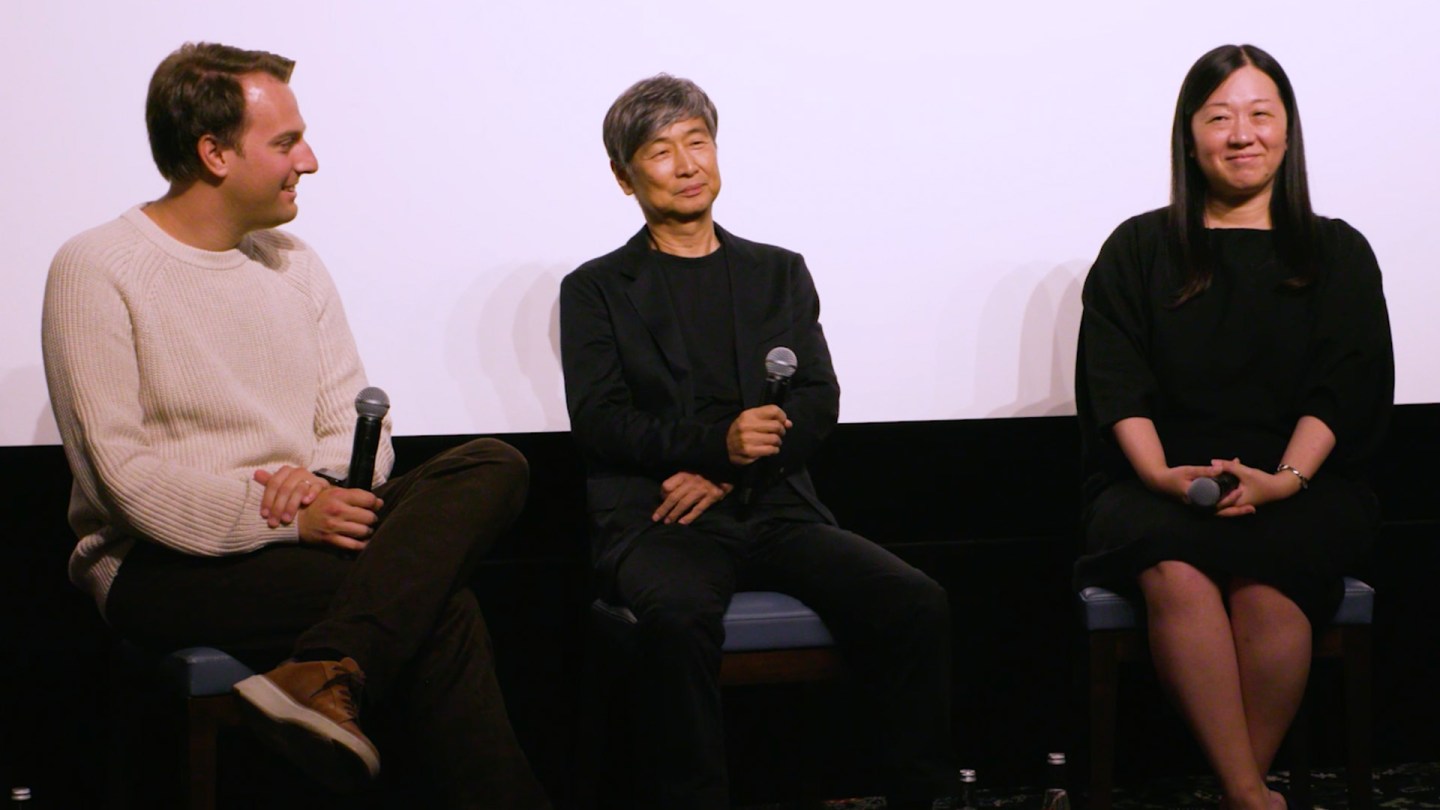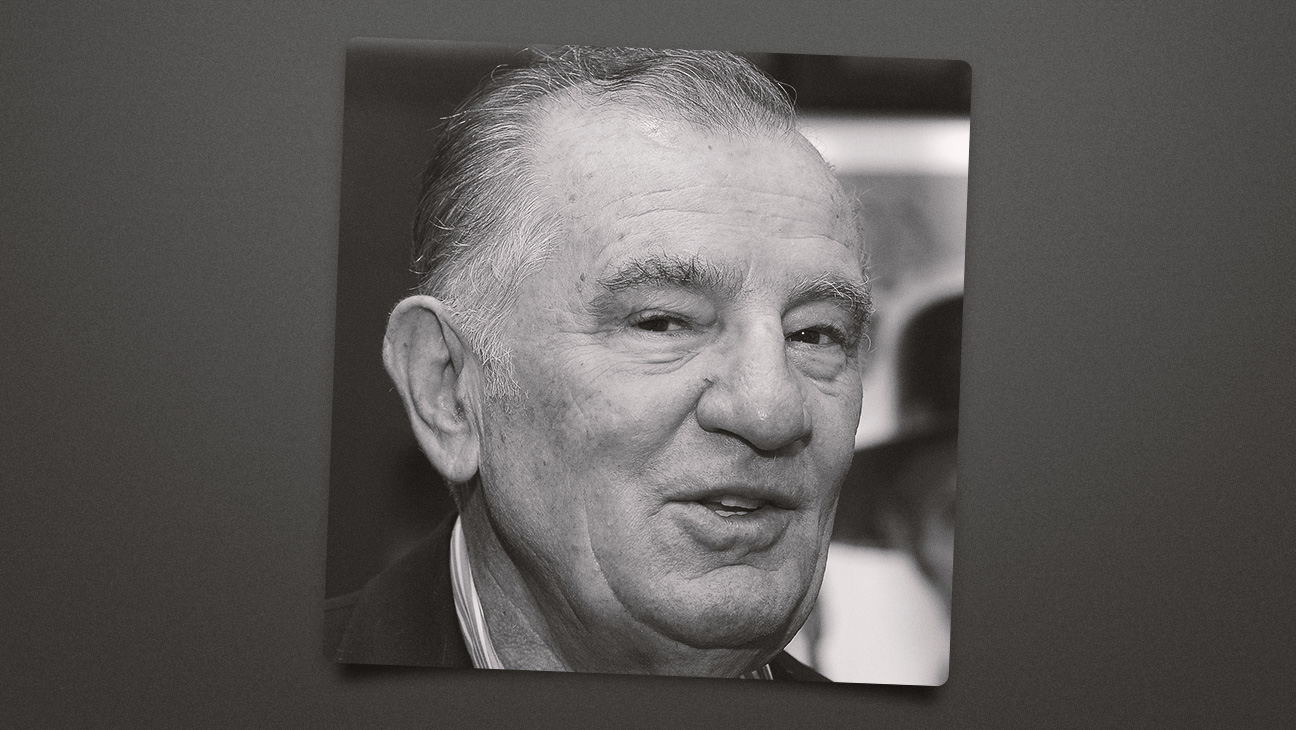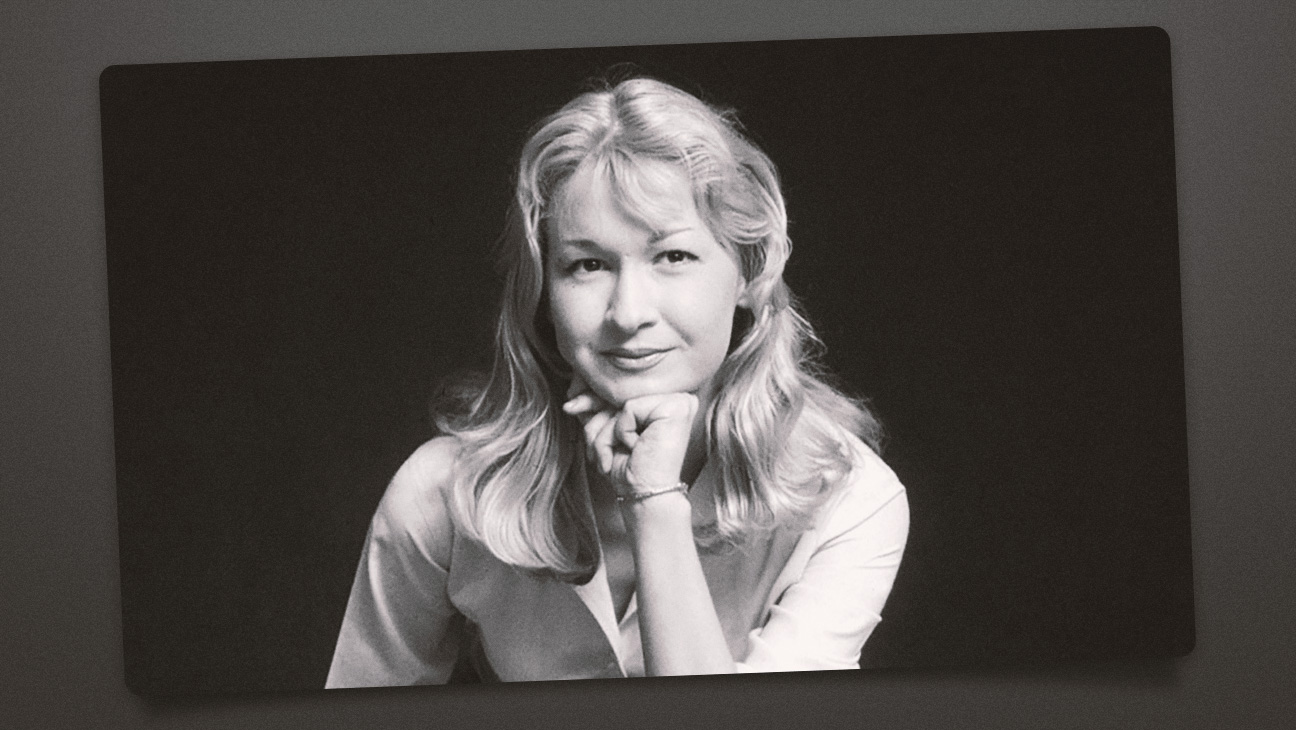On a warm late October afternoon, a full house at the San Vicente Bungalows in Los Angeles got a sneak preview of one of the year’s most acclaimed international Oscar contenders, Lee Sang-il’s Kokuho. The THR Frontrunners screening introduced the crowd to an epic, nearly three-hour-long portrait of the life of a fictional kabuki actor, which THR’s review from last week called “a stunning tale of art, ambition and bloodlines.”
Lee had wanted to make a film set in the world of kabuki, the classical form of Japanese theater that dates back to the 17th century, for more than a decade, and found the ideal text to adapt from in Shuichi Yoshida’s novel of the same name. Set in post-World War II Japan and spanning decades, Kokuho follows Kikuo (played by Sōya Kurokawa and Ryo Yoshizawa at various ages), who’s taken under the wing of a kabuki icon, Hanai (played by Ken Watanabe), after the death of his father and who emerges as a superstar in the art form.
After the screening, producer Chieko Murata and production designer Yohei Taneda joined THR for a panel conversation. To start, Murata spoke about how discussions around the potential length of the movie informed how they’d make the film. “When I first sat down with the director, the conversation started with, ‘It’s going to have to be at least three hours,’” the producer recalled with a laugh. “But I myself really love and am a fan of Indian Bollywood movies, so I knew that if there were dancing segments weaved into the story that three hours wouldn’t be so bad. And the director definitely wanted to have this movie be entertaining.”
Taneda, the revered production designer behind Quentin Tarantino films such as Kill Bill Vol. 1 and The Hateful Eight, had a huge task in front of him, with Kokuho highlighting the intricate design of the kabuki performances. “It was very challenging — we literally recreated an entire kabuki theater, and not just from what you can see from the audience’s side,” Taneda said. ”We’re talking down to the seats that all the background were sitting in, the maze of a runway underneath the stage where they’re running, and also backstage — all of that was actually practical.” Murata adds, since kabuki stages are several stories tall: “Even the elevator — he needed to dig a hole in the studio in Kyoto.”
Hitting select U.S. theaters on Nov. 14 via GKIDS, Kokuho is Japan’s official entry for the Oscars’ best international feature category. One senses enormous momentum already, with the film a full-fledged phenomenon in its home country. Made on a budget equivalent to $8 million, it’s the second highest-grossing live-action local film ever in Japan and has taken in more than $107 million worldwide. Why has it resonated so strongly? “In the last 50 years Japan has not seen a film where kabuki is the main focus,” Murata said as the panel drew to a close. “And now you need to pay more than $100 to see [a kabuki show live]. Around 90 percent of the Japanese population will die without seeing kabuki because it’s just a luxury of life — but we learn about kabuki in school. So if we can make a movie about it and if you can see it for $10, people will want to come and see it.”
This edition of THR Frontrunners was sponsored by GKIDS Films.





